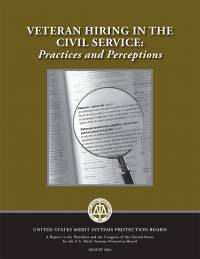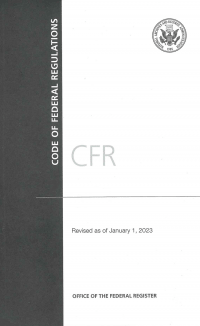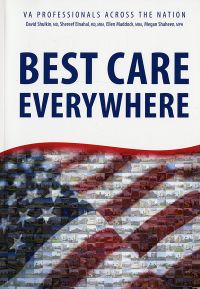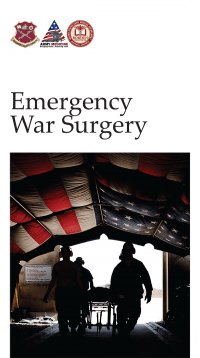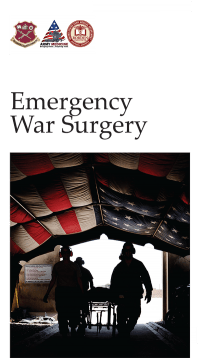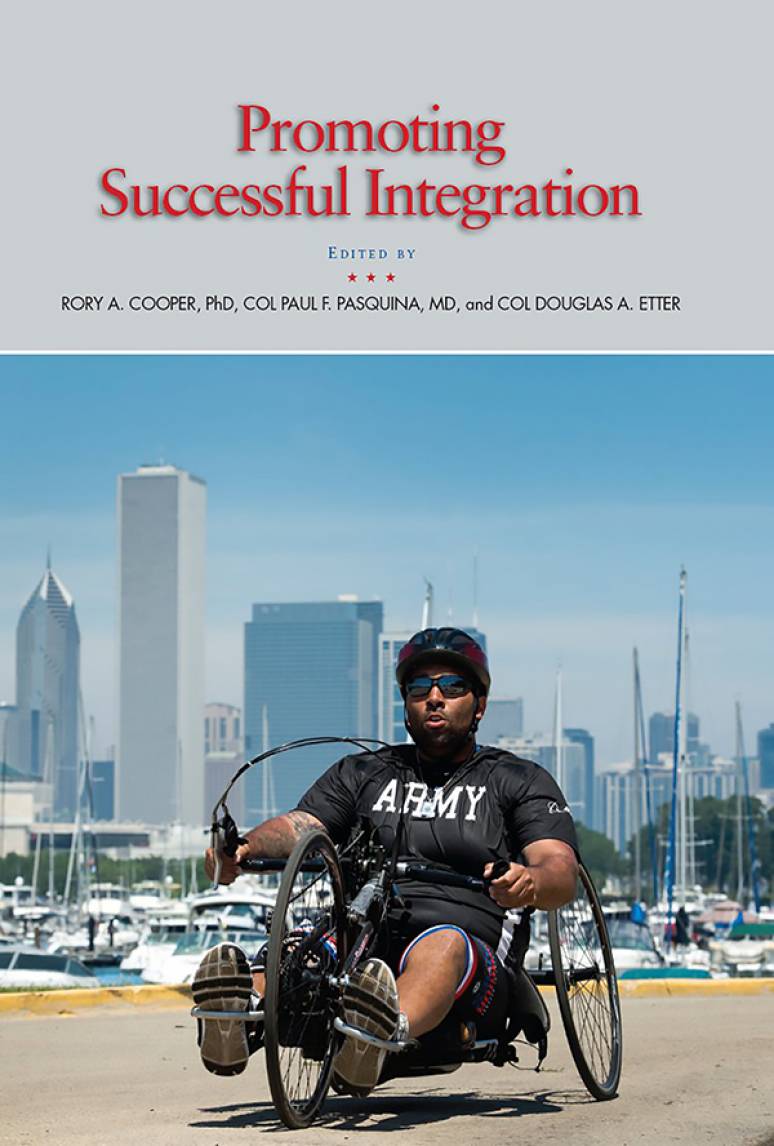
This handbook is intended to be a source of information for the broad military community, including uniformed military personnel, family members, civilian personnel of federal agencies, veterans, and all people who contribute to the success of wounded, injured, and ill service members. When service members return from a deployment with visible or hidden impairments or challenges, it is important for the entire community to provide support to ameliorate the long-term impact of wounds, injuries, and illnesses that can manifest into permanent disabilities. The information contained in this book should help the reader understand and implement the steps necessary for helping wounded, injured, or ill service members and their families to successfully continue their military careers or to become successful as veterans within civilian communities. A multifaceted approach will be presented, and there is no one single solution that will work for all service members. However, the information contained within this handbook should provide insight into the options available and the many pathways that lead to success.
Agency website: http://www.cs.amedd.army.mil/borden/
Soldier Profiles x
Contributors xi
Foreword xiii
Preface xv
Prologue xvii
Introduction xix
CHAPTER ONE Framework for Reintegration and Resilience for Service Members and Veterans H 3 (Rory A. Cooper, Paul F. Pasquina, and Douglas A. Etter)
CHAPTER TWO Physical Medicine and Rehabilitation H 23 (Adam J. Susmarski)
CHAPTER THREE The Promise of the Future: Assistive Technology, Transportation, and Emerging Technologies H 41 (Rosemarie Cooper, Cheng-Shiu (Joshua) Chung, John Coltellaro, Christina LaCroix, Amy Lane, Alissa Ling, Amanda Reinsfelder, Benjamin Salatin, and Goeran Fiedler)
CHAPTER FOUR Psychosocial Factors in Reintegration H 81 (Michelle L. Sporner and Anne E. Barry)
CHAPTER FIVE Spirituality and Reintegration: Building Strength, Fortitude, Optimism, and Connection H 109 (Douglas A. Etter, Amy Mountain, and Audrey Schoomaker)
CHAPTER SIX The Role of Friends and Family in Reintegration: Building Insights and Strategies That Promote Reintegration and Resiliency H 139 (Christina Berchock Shook)
CHAPTER SEVEN Sexuality and Intimacy H 173 (Stanley H. Ducharme, Rebecca P. Cameron, and Linda R. Mona)
CHAPTER EIGHT The Role of Sports and Recreation in Promoting Successful Reintegration H 199 (Rory A. Cooper, Michael Mushett, and Thomas Williams)
CHAPTER NINE Virtual Reality and Telemedicine to Support Reintegration and Health Maintenance H 221 (Deepan C. Kamaraj and Rory A. Cooper)
CHAPTER TEN Community/Peer Support and Services H 239 (Al Condeluci, Rory A. Cooper, Melva Gooden-Ledbetter, and
D. Joshua Marino)
CHAPTER ELEVEN Financial Management H 263 (Daniel J. Fisher, Joseph A. Wineman, and Randy Levander)
CHAPTER TWELVE Education and Employment H 295 (Mary R. Goldberg, Anne E. Barry, Maria Milleville, Michelle L. Sporner, Ron Drach, Allen Lewis, and Brian Bilski)
CHAPTER THIRTEEN Accessible Homes, Communities, and Transportation H 325 (Carol Peredo Lopez, Lavinia Fici Pasquina, Amanda McAlpine, Patrick Rakszawaski, Steve Bucha, and Paul F. Pasquina)
CHAPTER FOURTEEN Overview of Military and Veteran Resources H 357 (Rory A. Cooper)
CHAPTER FIFTEEN The Role of Service Organizations and Volunteers H 375 (S. Elaine Eitler and William M. Lake)
CHAPTER SIXTEEN Culture and Reintegration of Veterans H 395 (Allen Lewis, Seth Messinger, Twylla Kirchen, Jeanne Wenos, and Shelly Brown)
CHAPTER SEVENTEEN Summary H 419 (Rory A. Cooper)
Acknowledgments 429
Acronyms and Abbreviations 431
Suggested Reading List 435
Index 437
All people who contribute to the success of wounded, injured, and ill service members.


